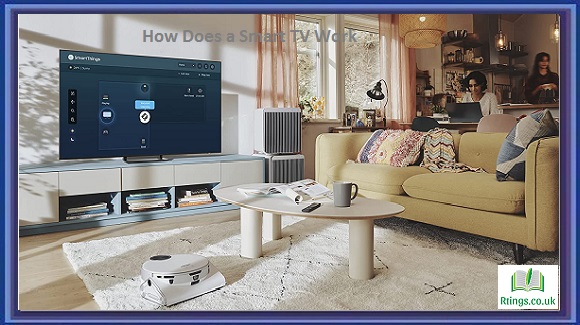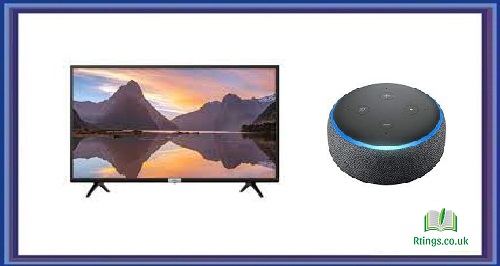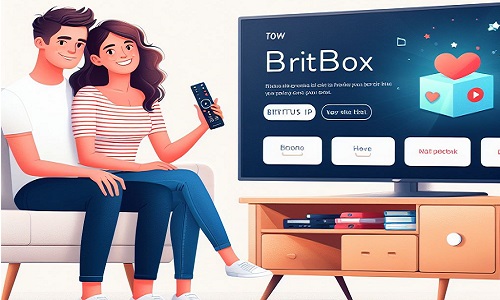To connect your iPhone to your Hisense TV, you can use several methods depending on the model of your TV and iPhone. Here are some ways to connect your iPhone to your Hisense TV:
Use an HDMI cable
If your Hisense TV has an HDMI port, you can connect your iPhone to it using an HDMI cable and an Apple Lightning to HDMI adapter. Insert one end of the HDMI cable into the adapter and the other end into the HDMI port on your TV. Connect the adapter to your iPhone and select the appropriate HDMI input on your TV. Your iPhone screen should now be displayed on your TV.
Use AirPlay
If your Hisense TV is a newer model, it may support AirPlay, which allows you to wirelessly stream content from your iPhone to your TV. To use AirPlay, make sure your iPhone and TV are on the same Wi-Fi network. On your iPhone, swipe up from the bottom of the screen to access the Control Center. Tap the Screen Mirroring button and select your Hisense TV from the list of available devices. Your iPhone screen should now be mirrored on your TV.
Use a streaming device
If you have a streaming device like an Apple TV or Roku, you can connect it to your Hisense TV and use it to stream content from your iPhone. Connect the streaming device to your TV, then use the appropriate app on your iPhone to stream content to the device. The content will then be displayed on your TV.
Use a third-party app
There are several third-party apps available that allow you to stream content from your iPhone to your TV. One such app is AllConnect, which allows you to wirelessly stream videos, music, and photos from your iPhone to your TV. Download the app on your iPhone and TV, ensure both devices are connected to the same Wi-Fi network, and follow the instructions to connect your iPhone to your TV.
Use a Lightning Digital AV Adapter
If your Hisense TV has an HDMI port, you can also use a Lightning Digital AV Adapter to connect your iPhone to the TV. This adapter plugs into your iPhone’s charging port and provides an HDMI output. Plug the adapter into your iPhone, then connect an HDMI cable from the adapter to your TV. Your iPhone screen should be displayed on your TV.
Use a wireless HDMI transmitter
If you want to avoid cables altogether, you can use a wireless HDMI transmitter to connect your iPhone to your Hisense TV. These devices use Wi-Fi to transmit video and audio signals from your iPhone to your TV. Plug the transmitter into your iPhone and connect it to your TV using an HDMI cable. Once the transmitter and TV are paired, your iPhone screen should be displayed on your TV.
Use Chromecast
If your Hisense TV supports Chromecast, you can use this feature to connect your iPhone to the TV. To use Chromecast, make sure your iPhone and TV are connected to the same Wi-Fi network. Download the Google Home app on your iPhone and set up Chromecast on your TV. Once Chromecast is set up, you can use compatible apps on your iPhone to cast content to your TV.
In summary, there are various methods to connect your iPhone to your Hisense TV, ranging from using HDMI cables and adapters to wireless options like AirPlay and Chromecast. Choose the method that best suits your preferences and TV and iPhone models.
Frequently Asked Questions (FAQs)
What is a VPN and why should I use one?
A VPN, or virtual private network, is a tool that helps protect your online privacy and security. It does this by creating a secure and encrypted connection between your device and the internet. When you use a VPN, your online activity is routed through a remote server, making it more difficult for anyone to track or intercept your data.
There are several reasons why you should use a VPN. Here are a few:
Security: When you connect to the internet using a VPN, your data is encrypted, and your IP address is hidden, making it more difficult for hackers, governments, or other entities to intercept or monitor your online activity.
Privacy: A VPN can also help protect your online privacy by preventing your internet service provider (ISP) from tracking your browsing history or selling your data to third-party advertisers.
Accessing geo-restricted content: Some websites and streaming services may be geo-restricted, meaning they are only available in certain countries. You can connect to a server in a different country using a VPN and access content that might otherwise be unavailable.
Public Wi-Fi security: When you connect to public Wi-Fi networks, your data is vulnerable to interception by hackers. Using a VPN can help protect your data and prevent others from accessing it.
It’s important to note that not all VPNs are created equal. Some VPNs may log your online activity or sell your data to third-party advertisers, so choosing a reputable and trustworthy VPN provider is important.
What is cloud computing and how does it work?
Cloud computing refers to using remote servers, often hosted on the internet, to store, manage, and process data instead of using a local server or personal computer. This allows users to access and use computing resources on demand, as needed, without investing in and maintaining their own physical infrastructure.
Cloud computing typically involves three main service models: infrastructure as a service (IaaS), platform as a service (PaaS), and software as a service (SaaS).
IaaS provides access to infrastructure resources such as computing power, storage, and networking, allowing users to build and manage their applications and services on top of the cloud infrastructure.
PaaS provides a platform on which users can build, develop, and deploy their applications and services without having to worry about managing the underlying infrastructure.
SaaS provides access to software applications and services hosted in the cloud and accessed over the internet. Examples of SaaS applications include email, online file storage, and collaboration tools.
Cloud computing works by using virtualization technology to create multiple virtual machines (VMs) or instances on a single physical server. Each VM can run its operating system and applications but shares the underlying hardware resources of the physical server with other VMs. This allows for efficient use of resources and the ability to scale up or down as needed quickly.
Cloud computing also involves a pay-per-use model, meaning users only pay for the resources they use rather than investing in and maintaining their own physical infrastructure. This can be cost-effective for businesses and individuals alike, as they can avoid the upfront hardware and software costs and only pay for what they need.
What is cryptocurrency and how does it work?
Cryptocurrency is a digital or virtual currency that uses cryptography for security and operates independently of a central bank. Cryptocurrencies are decentralized and use blockchain technology to keep track of transactions.
The most well-known cryptocurrency is Bitcoin, but thousands of cryptocurrencies are available, each with unique features and use.
Cryptocurrencies work by using complex mathematical algorithms to verify and secure transactions. Transactions are verified and added to the blockchain through mining, which involves solving complex mathematical problems using specialized hardware.
Once a transaction is verified and added to the blockchain, it cannot be altered or deleted, making it a secure and tamper-proof ledger of all cryptocurrency transactions.
Cryptocurrencies can be bought and sold on cryptocurrency exchanges or through peer-to-peer networks. Transactions are typically anonymous, with users identified only by their public wallet addresses.
Cryptocurrencies can be used for a variety of purposes, including buying goods and services, investing, and as a store of value. However, they have yet to be widely accepted as a form of payment, and their value can be volatile.
Cryptocurrencies can also be stored in digital wallets, which provide a secure way to store and manage cryptocurrency holdings. Digital wallets can be hot wallets connected to the internet and provide easy access to cryptocurrency, or cold wallets stored offline provide greater security against hacking.







